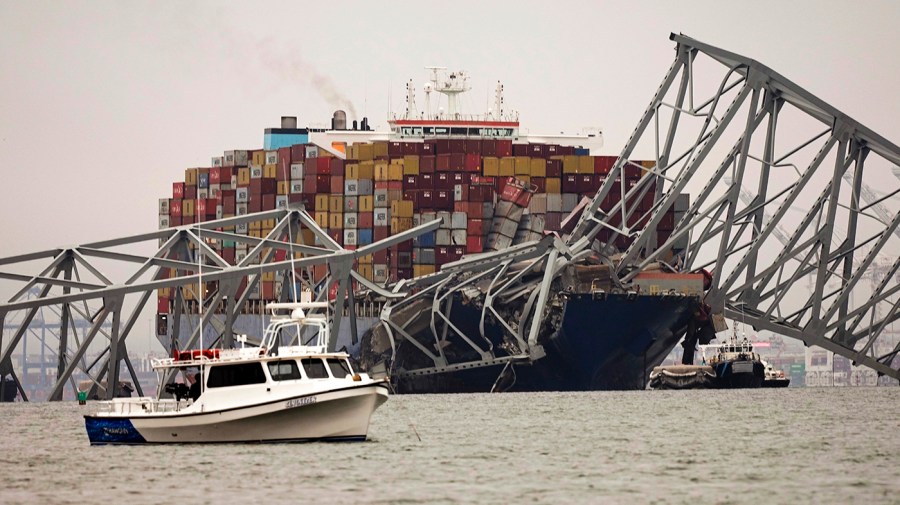
The closure of the Port of Baltimore due to the collapse of the Francis Scott Key Bridge could have major implications for coal exports, according to the U.S. Energy Information Administration.
The bridge collapsed into the Patapsco River Tuesday after it was struck by a container ship, leading to a temporary shutdown of the port. The Port of Baltimore is the nation’s number-two export hub for coal, according to the EIA, comprising 28 percent of exports. The volume surged last year in particular, due to increased demand from Asia, hitting 28 million short tons after volumes of 20 million short tons in 2021 and 2022.
Baltimore, which has two main full-service terminals, is a major way station due largely to its proximity to Appalachian coal fields. Only Norfolk, Va., some 250 miles away, exports more American coal.
Even before the collapse, however, the IEA had not projected comparable growth in exports from Baltimore this year, projecting only about 1 percent growth.
The majority of coal exports from the port are steam coal, predominantly used to generate electricity. The port’s steam coal exports also spiked last year, climbing to 19 million short tons from 12 million the previous four years.
Most steam coal leaving Baltimore is bound for India, where the brick industry requires about 35 million metric tons of coal, according to research published in Nature. Meanwhile, 28 percent of metallurgical coal went to Japan last year, with China and South Korea in second and third place. The port is also a major hub for exports to Europe, particularly those that pass through ports in the Netherlands.
It remains unclear when the port will reopen following the collapse. The timeline is largely at the discretion of the U.S. Coast Guard, but Sen. Chris Van Hollen (D-Md.) said in a press conference Wednesday that reopening shipping lanes in the river will be among the first steps.
Copyright 2024 Nexstar Media Inc. All rights reserved. This material may not be published, broadcast, rewritten, or redistributed.














